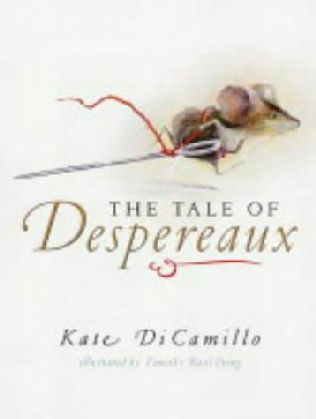
Photographs hold a great deal of power and I have really enjoyed seeing the photographs of Charles Dodgson (also known as Lewis Caroll). It was neat to see a true image of Alice and to see a little of her personality in the picture. The same goes for seeing photographs of the famous author George McDonald and his family. It makes me think about how as much as I love artwork in children’s books, there seems to be a lack of photography as a form of art in picture books. I can think of nonfiction picture book I had as a child that was illustrated through photography. Maybe one reason for this lack of photographs in books has to do with the specificity that a photograph holds. Maybe, in a pen and ink drawing there’s room for more imagination on the child’s part. Maybe photographs don’t sell as well in books and aren’t as appealing to children. Either way I think if photographs were the artwork used to illustrate children’s books an even broader amount of art could be used for children’s books.






